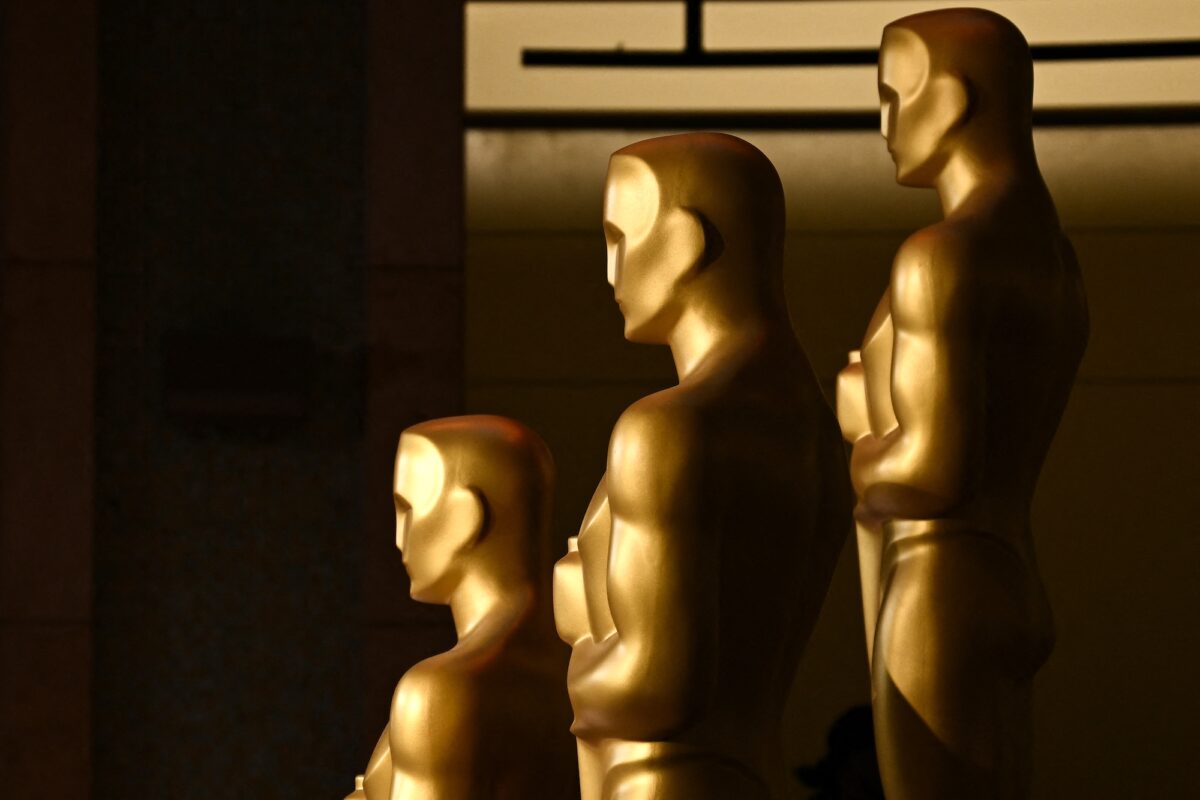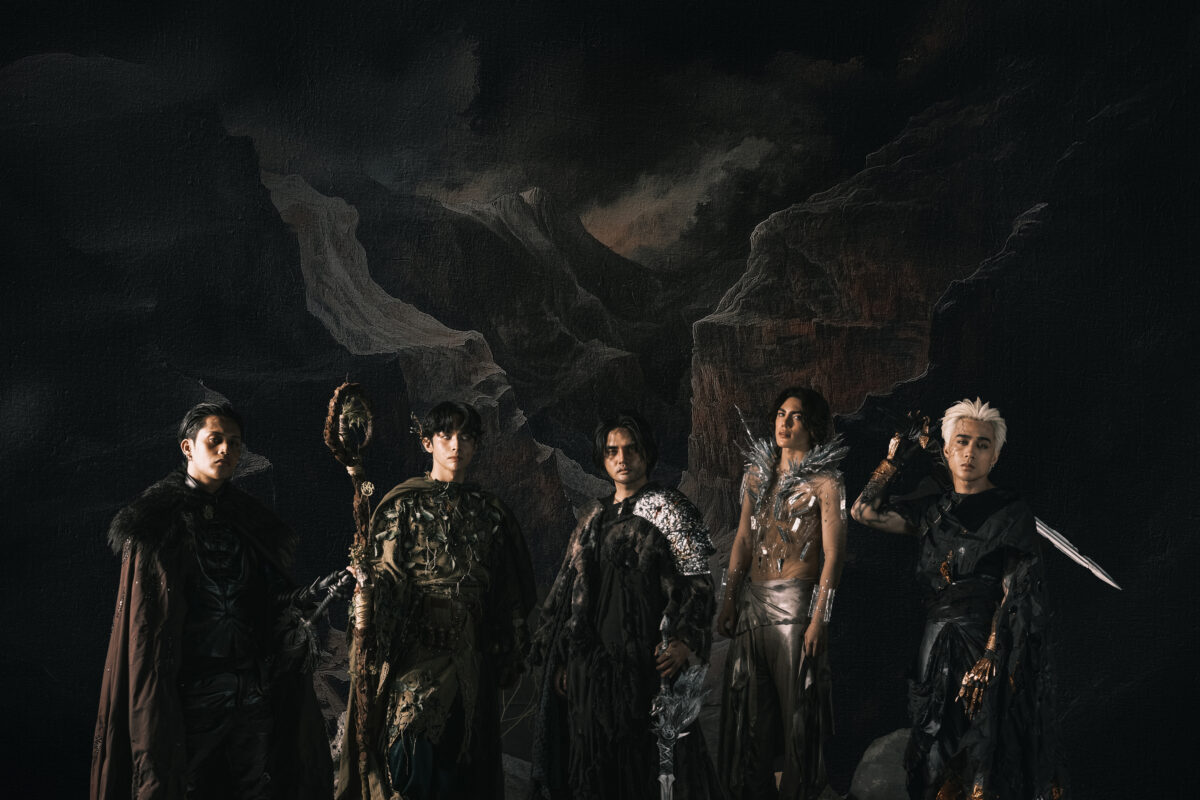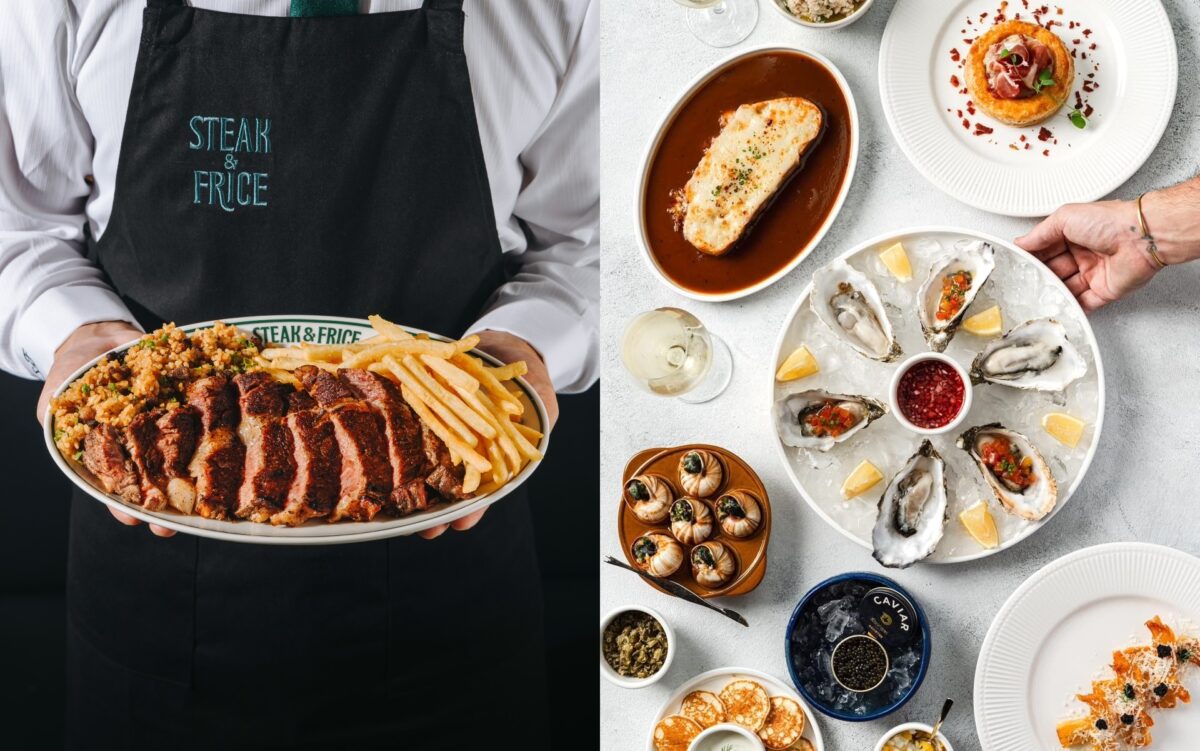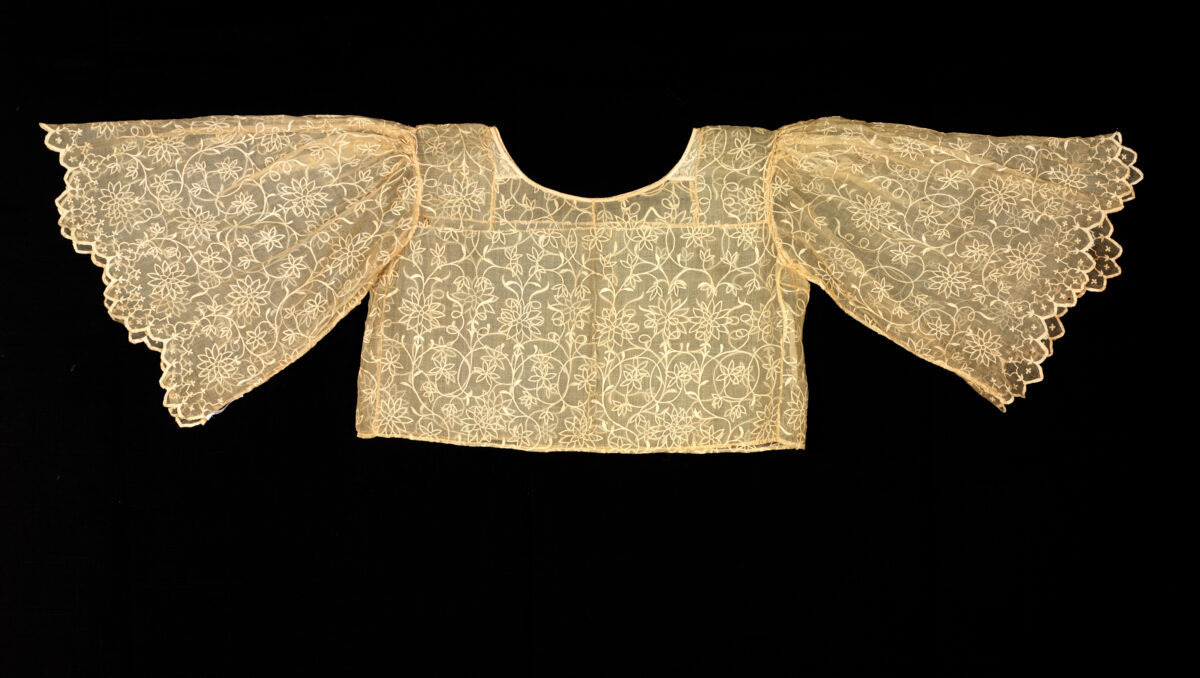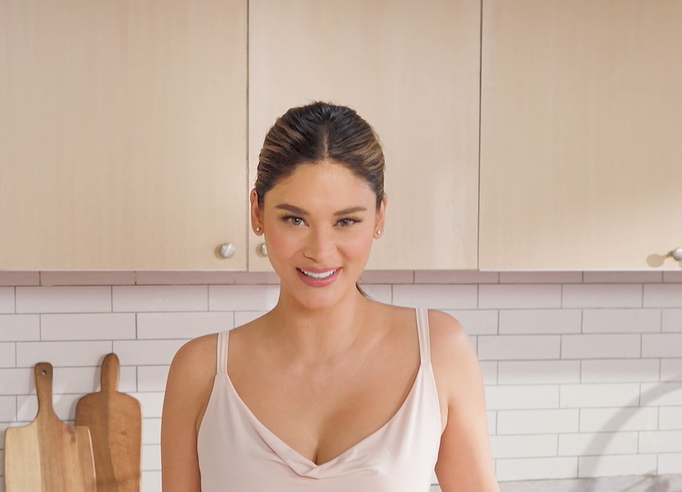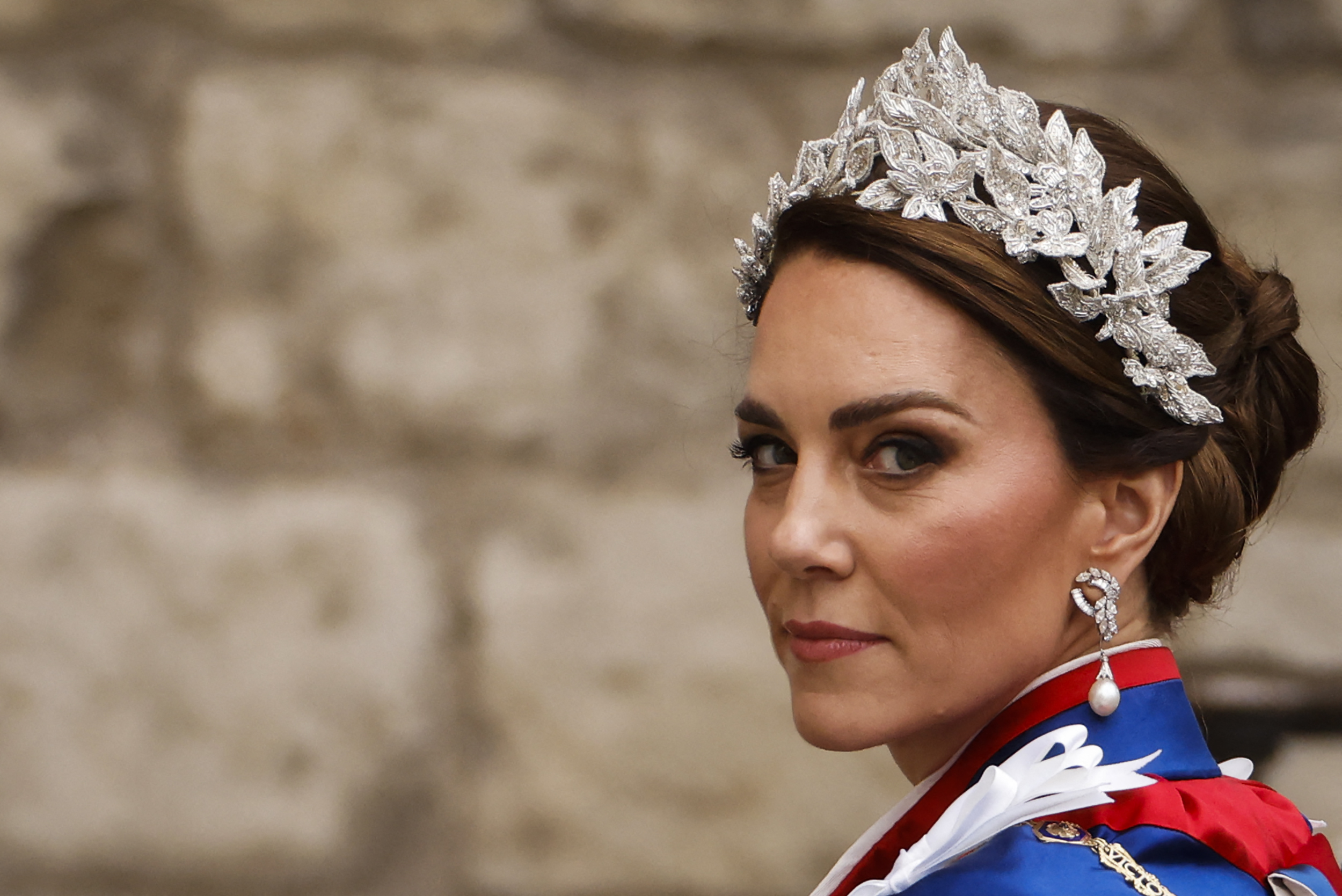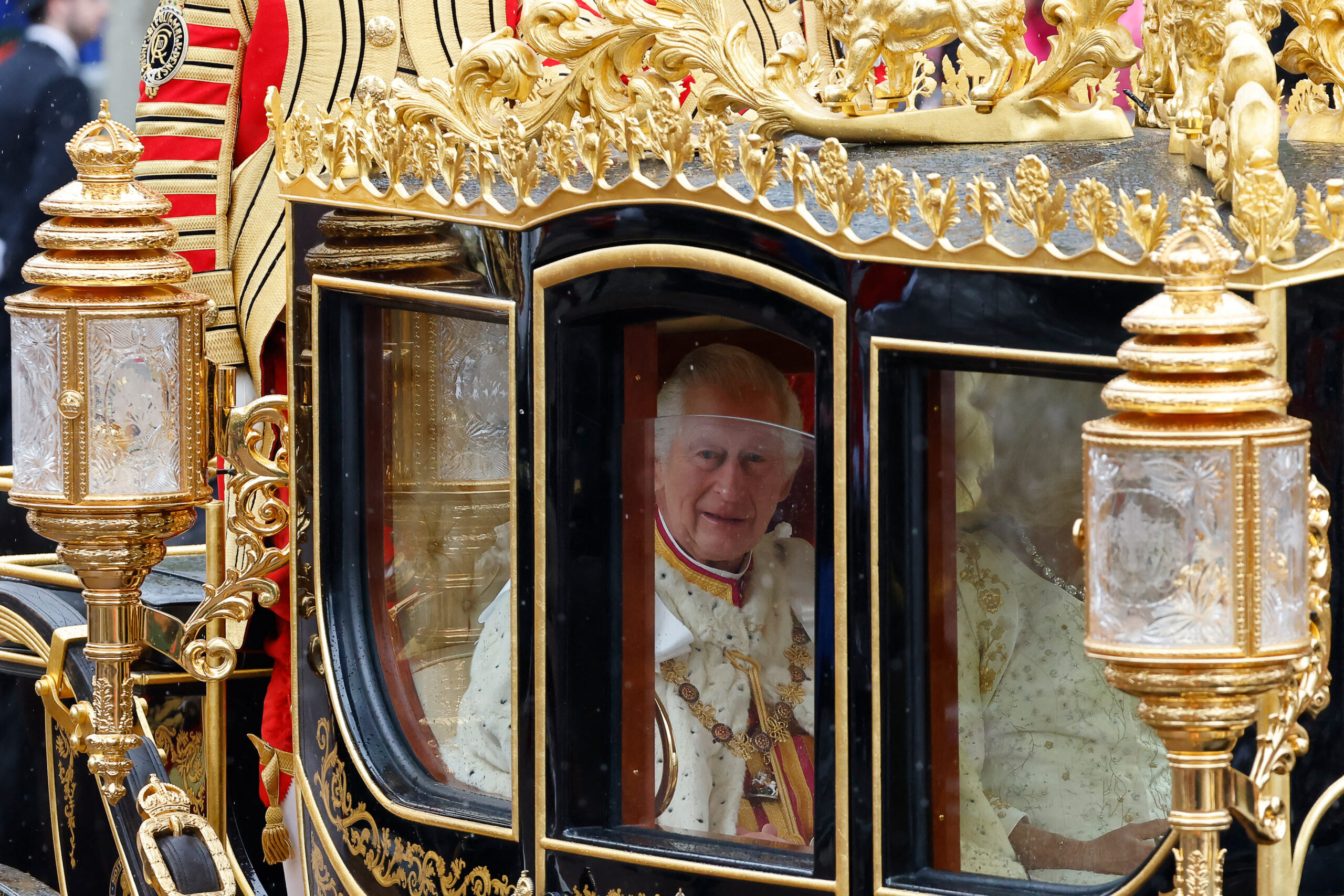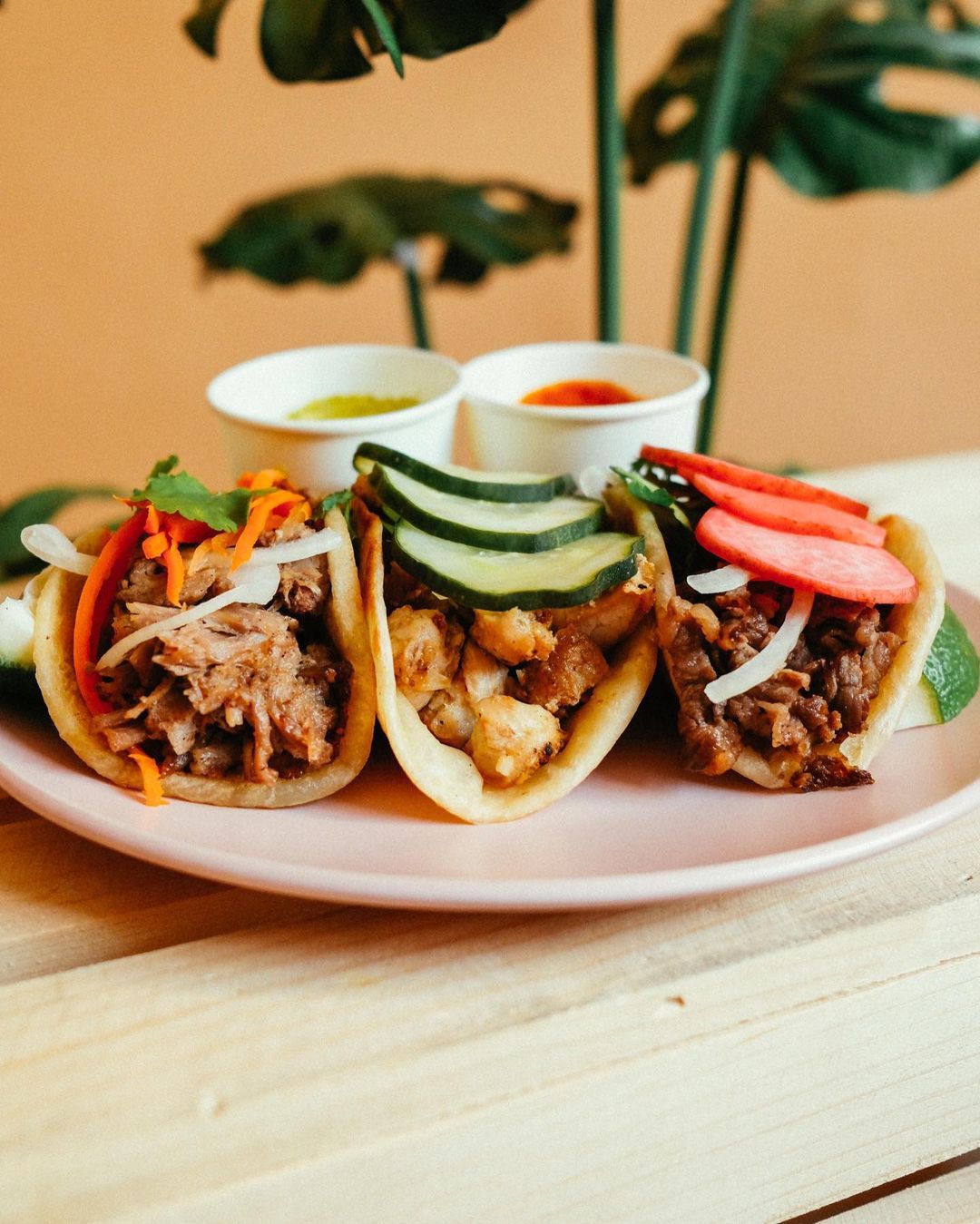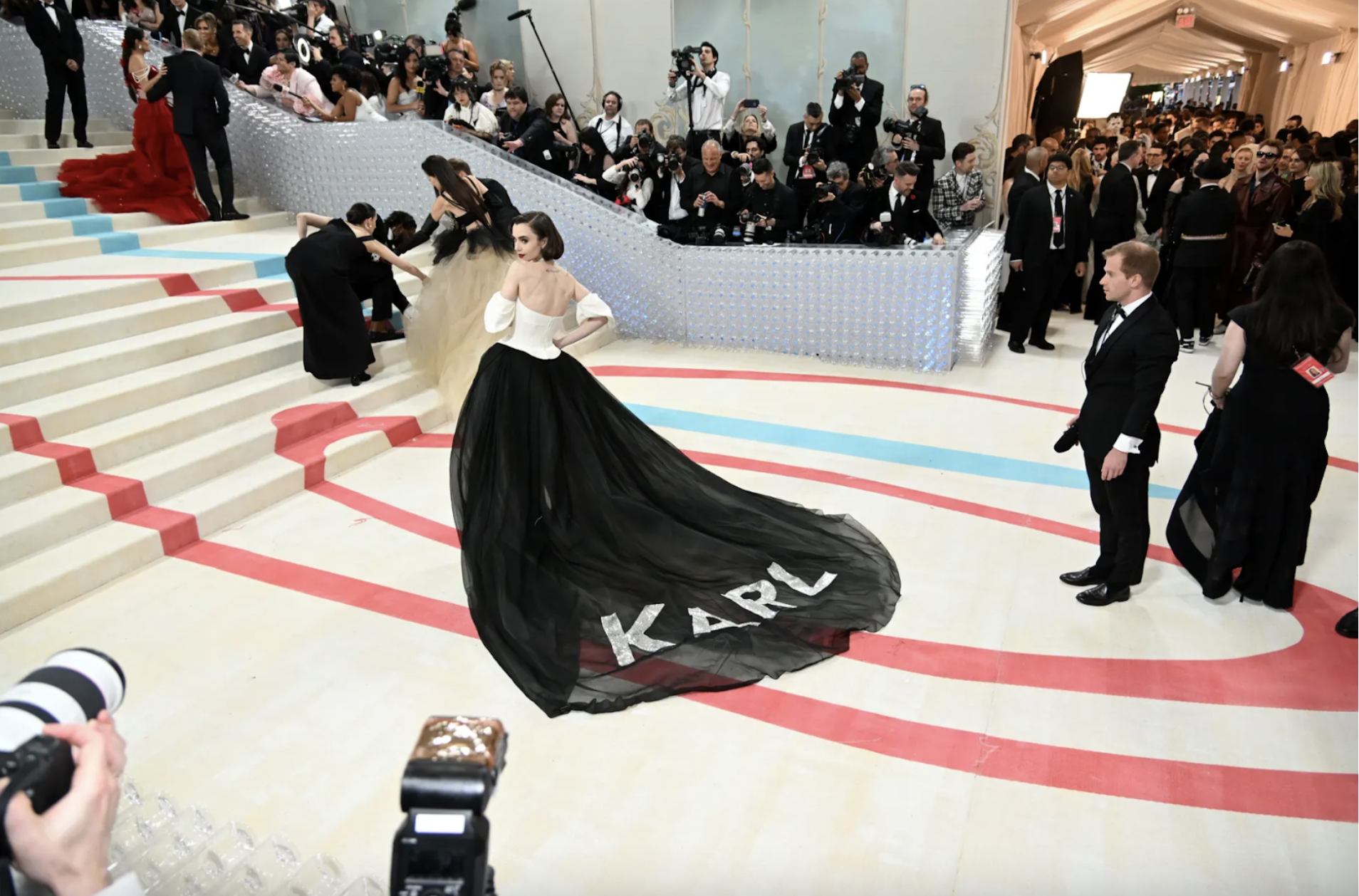
At 65 years old, Paeng Nepomuceno has nothing left to prove.
The story of how he began bowling has been retold again and again: if it weren’t for the heavy rain that stopped him from playing golf one weekend in Baguio, Paeng Nepomuceno would not have discovered bowling and subsequently changed the sport forever in the next five or so decades.
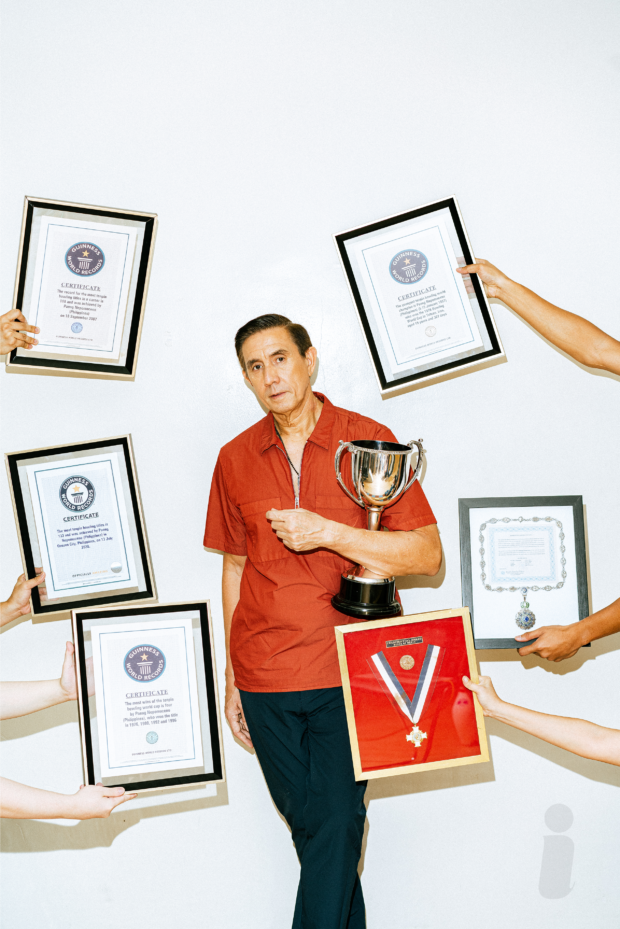
Before the age of 20, Paeng won the AMF Bowling World Cup in 1976 (which earned him his first honor from the Guinness Book of World Records). He would go on to win the tournament another three times, and three more certificates from Guinness, all of which remain unbroken. Paeng has been honored by seven different Philippine presidents. He has been hailed “Athlete of the Year” five times, “Philippine Athlete of the Century,” and “Athlete of the Millennium” by the Philippine Sportswriters Association. Numerous accolades can also be said, but as he puts it, you can find everything on his website.
For someone who’s been playing since 1970, he doesn’t look like he’s aged past the numerous portraits attached to his accomplishments. His soft voice, clean mug, and relaxed demeanor – a staple of his since decades past – seemingly betray his status as the great of the greats. He has been sporting the same haircut, and the same smile, over the years.
Yet Paeng stands in stark contrast to what surrounds him. The dim lights, lightly faded tiles, and bright monitors atop the bowling alleys all create an atmosphere of datedness, even nostalgia. Bowling centers, particularly this one in Eastwood City, haven’t changed much. Same with Paeng, his youthful exuberance comes off as wisdom-filled whimsy once you enter into a conversation with him. There is much to talk about.
Your storied bowling career started on a whim. How did that brief encounter change your life?
On a rainy day when I was 10 years old, we took shelter at the Mile High Bowling Center in Camp John Hay, and I asked my dad if I could try bowling because I was fascinated. My score then was 63. The first lesson I learned was nobody is born to be a champion.
When we left Baguio [after his golf tournament] and went back down to Manila, my dad found out that there was an organized junior league. So I looked forward to those Saturdays when I could play my age group. What I noticed is that in bowling I got better faster. In golf, I hardly won anything—I don’t even remember if I ever won a trophy.
But in bowling, after the first year, I was the best already among the youth in Coronado Lanes, so I moved towards being the best all over the Philippines, and I did that when I was 15. My next goal was to be the best even among adults at the Philippine Open, which I managed to do at 17. After that, in 1976, I won the Philippine Open, the Asian Championships, then the World Cup, all in a span of five months, at 19 years old.
How far did that competitive mindset of yours take you?
I have 4 awards from the Guinness Book of World Records, three of which are unbroken. The first one was for being the Youngest World Bowling Champion at 19 years old. The second is for the most World Cup titles in four different decades, which reference my wins in the 70’s, 80’s, 90’s, and 2000s. The third is for the Most Bowling Titles Won in a Career; In 2007 I already established it with 118 titles, but in 2019, Guinness refreshed it after I beat my own record when I achieved my 133rd title by winning the 2019 PTBA Open Masters in Quezon City. I also established another record for being the oldest Masters champion at 62 years old when I won that tournament.
And given all of your achievements, what do you attribute your success to?
I owe a lot to my father, who was my coach. He was a bowler too. But as far as becoming better, he knew I had a future in the sport so he started to read books and he started to train me. So he was my coach in every tournament that I have won, and he was there during all the World Cups. So I attribute it to him.
And of course I think my asset is my mental game. In sports, there are two things that are going on: the actual game and what’s going on up here. I believe that okay, if there are two athletes who have the same skill, but one has a better mental game, does not get distracted easily, or does not get nervous easily, then he is the better athlete. In sports kasi, your number one kalaban is nervousness.
So what’s your pre-game ritual like?
Okay. I have what you call mental tools: I visualize what I plan to do, then I have a game plan. My strategy is specific to the day because bowling requires decision making. So what ball will I use? What target will I use later? That’s my ritual. Like in all sports it’s not just you just go there and then you play. Then, you’re not always going to win. If for example, you didn’t do well, you analyze what you need to work on for next time.
Then, of course, I believe in the prayers I pray. My dad would always tell me, if it’s not for you, then It’s not for you, no matter how much you’ve trained for it.
What role does your faith have, not only when it comes to your wins, but also to your losses?
I believe in prayers, and I believe in miracles sometimes. I face athletes who are better than me, and I still end up winning. Sometimes it’s prayers, but like I said, if the Lord doesn’t want you to win edi wala. You think you’re unbeatable, but you get beaten. This can always happen.
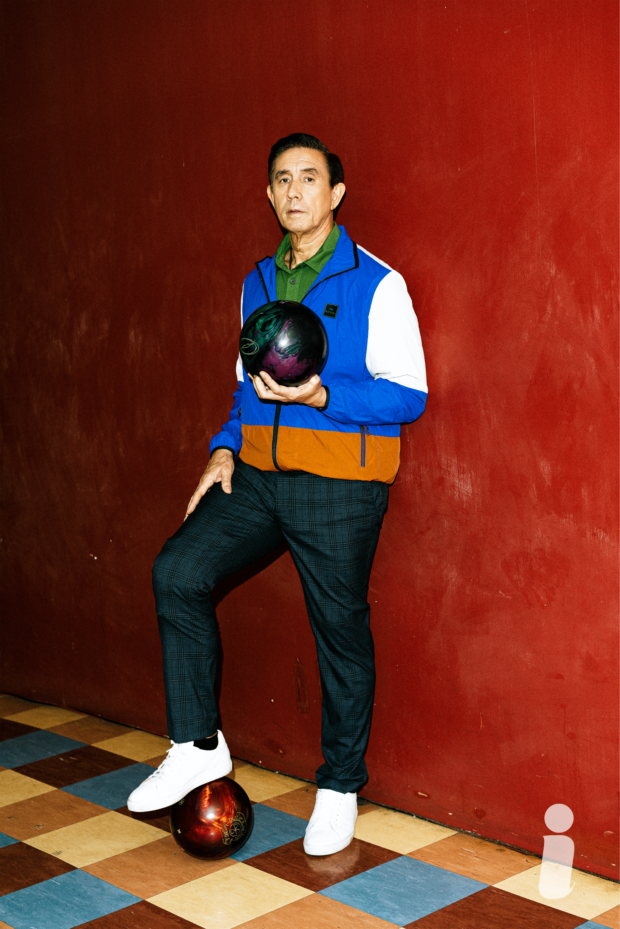
Looking at some of the defeats that you’ve experienced, how do you think that shaped you to be the athlete that you are?
Well, it’s important to see what lessons you’ve learned when you lose. I came in second one time in the World Cup in Copenhagen so I had to work on my physical game that I was weak in. That’s normal in sports, you win some you lose some, it’s just a matter of whether you have the will to continue and work on it and perfect your fundamentals. When it comes to losing, see what you can improve on and what went wrong, analyze these things, then don’t lose hope.
What are some of the biggest sacrifices you’ve made throughout your career?
Oh, I’m a late bloomer. I would not go to parties on weekends. You have to sleep early, and drink maybe one beer. I’m enjoying life now. Daming bawal because bowling is a game of feel you can feel it in my level before you have to be in tip-top shape and you compete you cannot commit mistakes if you’re out of shape. School was a problem. My dad would let me bowl under one condition: I do my homework and I pass. I was in grade seven when I started bowling. By my first year of college, I was a world champion.
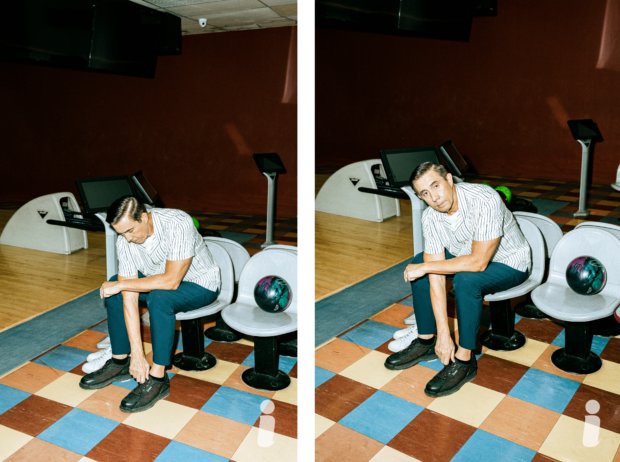
Is there any particular place you’ve visited in your athletic career that left a mark in your life?
Mostly on my World Cups. I found Iran exotic. In 1976, I found that they were already modern like you’re in Europe, but you were in the Middle East.
My third World Cup was special because it was on the racing tracks in Le Mans. Bowling World Cup was held in Le Mans, France. And they’re known for their 24-hour car race. Yeah, they put two lanes on the Grand Prix for the finals. Then it was the first time that they introduced arena bowling, wherein they put two lanes in a place. Le Mans was special in the sense that when playing the finals, you could hear the cars roar. Like that’s the background even in my hotel room. You can hear the sound of the cars for 24 hours. I also played in Sao Paulo, Brazil. That’s nice. Then I also played in the World Cup in South Africa. And then we went on a safari after the World Cup, which was so nice.
Do you think there’s still space for people to improve or have we seen the peak of what the sport can offer?
I was one of the first athletes in the Philippines that believed in cross-training. Before, during my time, they would say if you lift weights, you will be less flexible. But I believed otherwise, and I strengthened the muscles that were good for bowling like the shoulder, legs, arms and wrist.
They say bowling is not too strenuous, but it is the bowling balls that you see that vary from eight pounds to 16 pounds. And it requires consistency, it requires sharp repeatability. And to be able to do that you have to be fit. I would run and bike before now it’s just biking and weights. So throughout the season, you need to be fit to bowl. It’s good to have cross-training strength and conditioning program to complement your bowling.
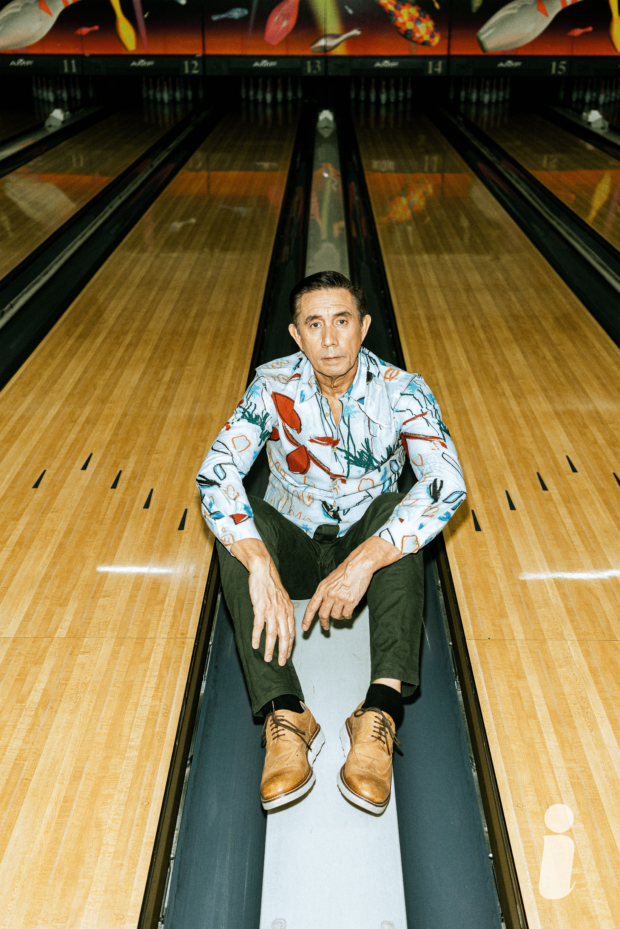
So you’ve been in the game for so long actively participating in it as a competitor. How does it feel to be on the other side of it as a coach?
Yeah, my coaching is a way of giving back to the game. I do certification classes for the US outside the United States, and they have entrusted me with their teaching program. So that’s what keeps me busy when I do. I go to different countries and certify their coaches. This is for coaches that want to make their livelihood as coaches. And then the Philippine team, I was the coach for three years but I gave it up during the pandemic because my wife got sick.
But I like teaching. My way of giving back is going to UP Diliman on Monday to be a PE teacher where I do some bowling classes with the freshmen.
How does your 50 year career experience inform how you coach these younger athletes?
I instill in them the importance of work ethics; that when you’re bowling, you make sure you’re focused. They have to be willing to work hard, willing to make sacrifices, and really be open to coaching. It should also be fun for them. You have to find ways to make the lessons interesting so they won’t get bored.
I want to ask about the role of the word “legacy,” if it ever has come across your mind. What’s left for you to do at this stage of your life?
You know, the goal of every athlete is to be a Hall of Famer. I was inducted into the Hall of Fame 30 years ago, that’s a goal of every athlete. At the bowling hall of Fame Museum in Arlington Texas there’s a giant picture of myself there by the entrance. There are many bowlers around the world, they chose a Filipino to be in there and you can see it on YouTube.
Bowling, no more na. I don’t want to train anymore. It takes a whole day of training to be a world champion; three hours, four hours, five times a week. And that’s the bowling part, it’s practically your life. And then you need to work out in the mornings to be fit. You cannot just bowl; a lot of dedication and sacrifices are required. I don’t have the energy for that anymore. And of course, my skill it’s not the same anymore. So many aches and pains or injuries. There is already surgery on my left hand from bowling.
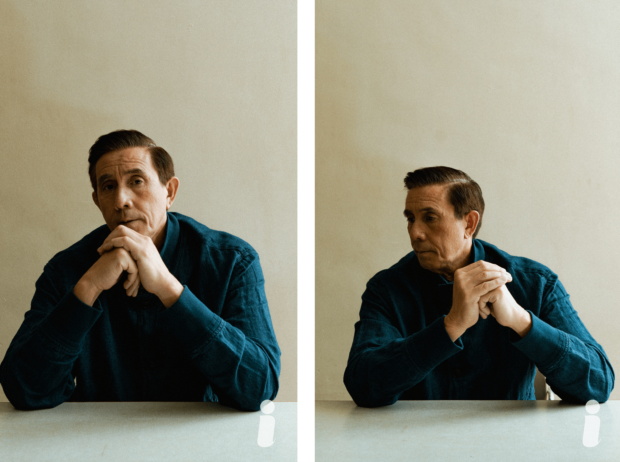
What’s left on your bucket list, personally and professionally?
Because we’re in the bowling center business, that’s what keeps me busy these days. We’re basically reopening the outlets that are still closed ones. And then we are putting up new centers.
Then family life, maybe bond with my kids. There’s more time now.
You’ve also just experienced a personal milestone. You’re a grandfather now, what does that feel like?
Of course, I’m excited. I just feel sad that my wife wasn’t able to witness it because she passed away last February from cancer. But I’m excited. First-time lolo.
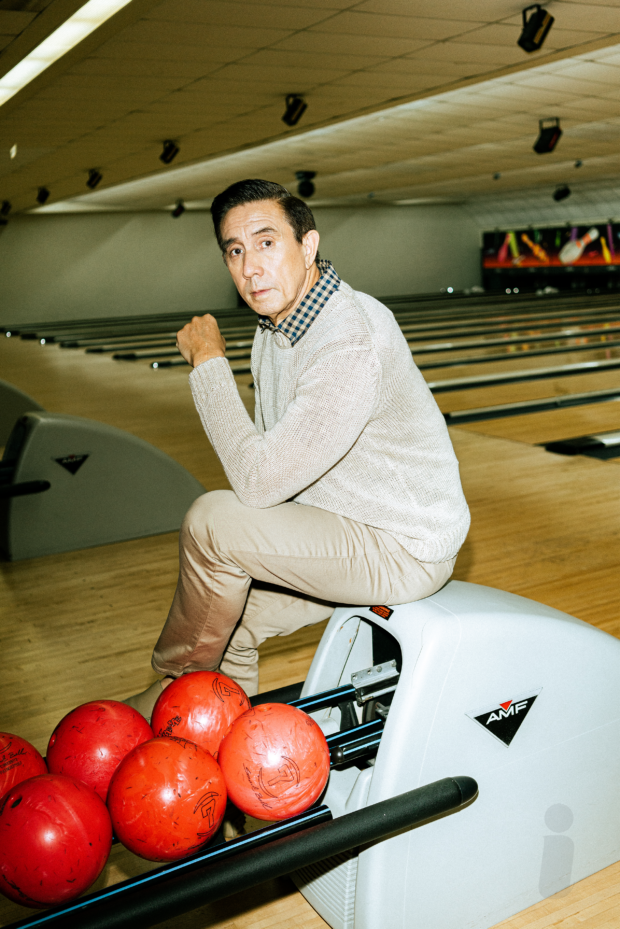
Watch the living legend talk about his most iconic memorabilia from his storied career here!
Photography by Artu Nepomuceno, Assisted by Aaron Carlos
Grooming by Nicole Ceballos
Hair by John Resureccion
Creative Direction by Nimu Muallam
Styling by Sophia Ysabel Concordia & Colleen Cosme, Assisted by Tamanna Mahbubani
Produced by Angela Manuel Go
Cover layout by Julia Elaine Lim
Shot on location at Paeng’s Eastwood Bowling & Billiards






